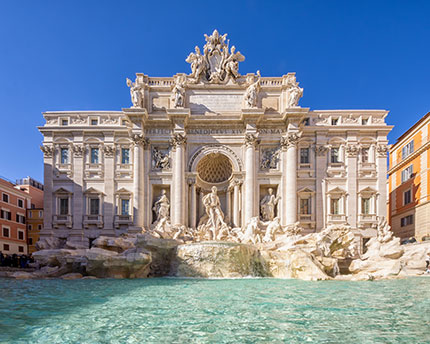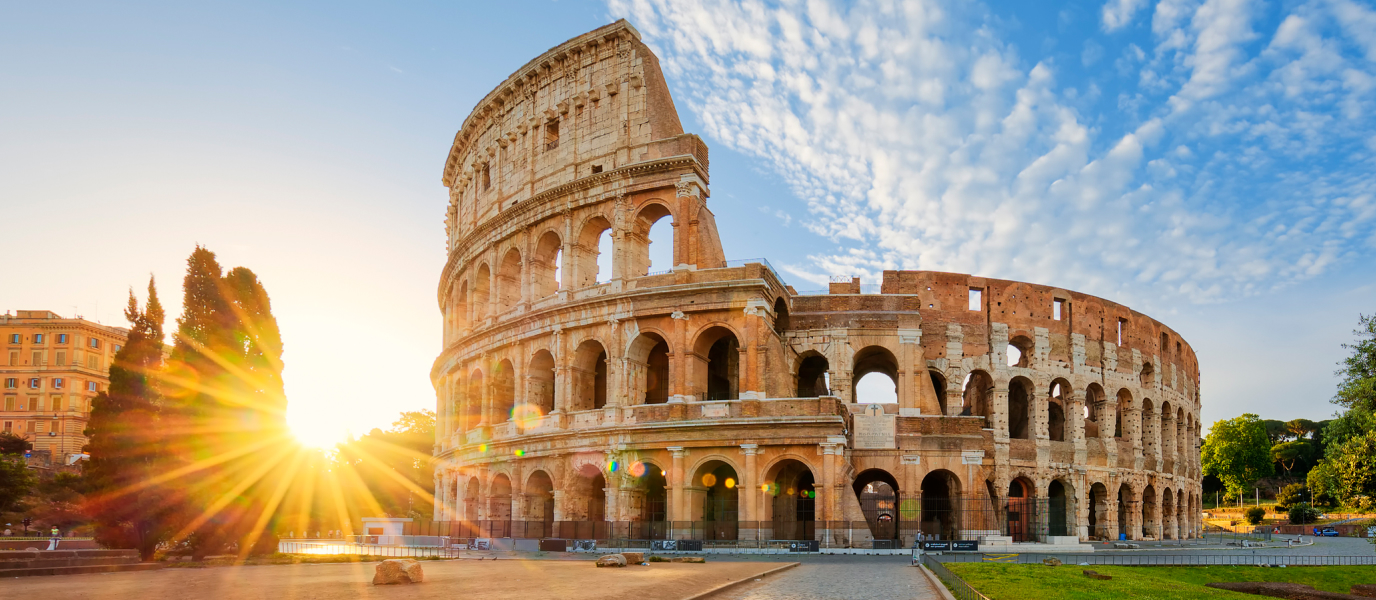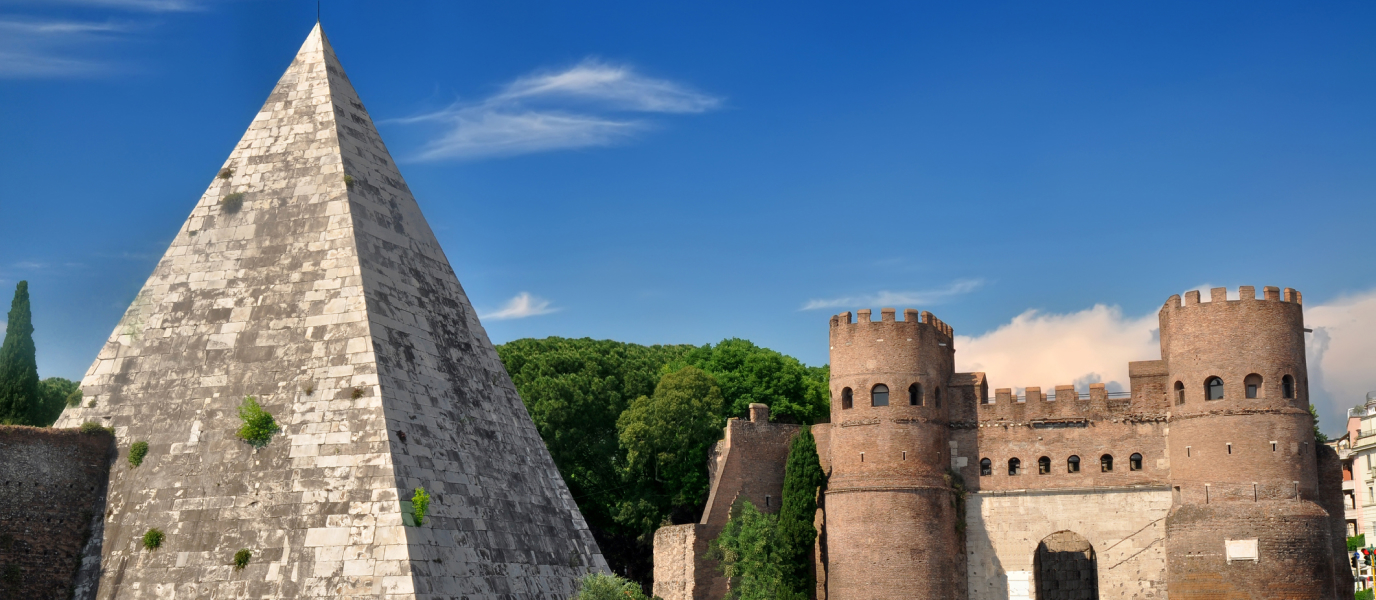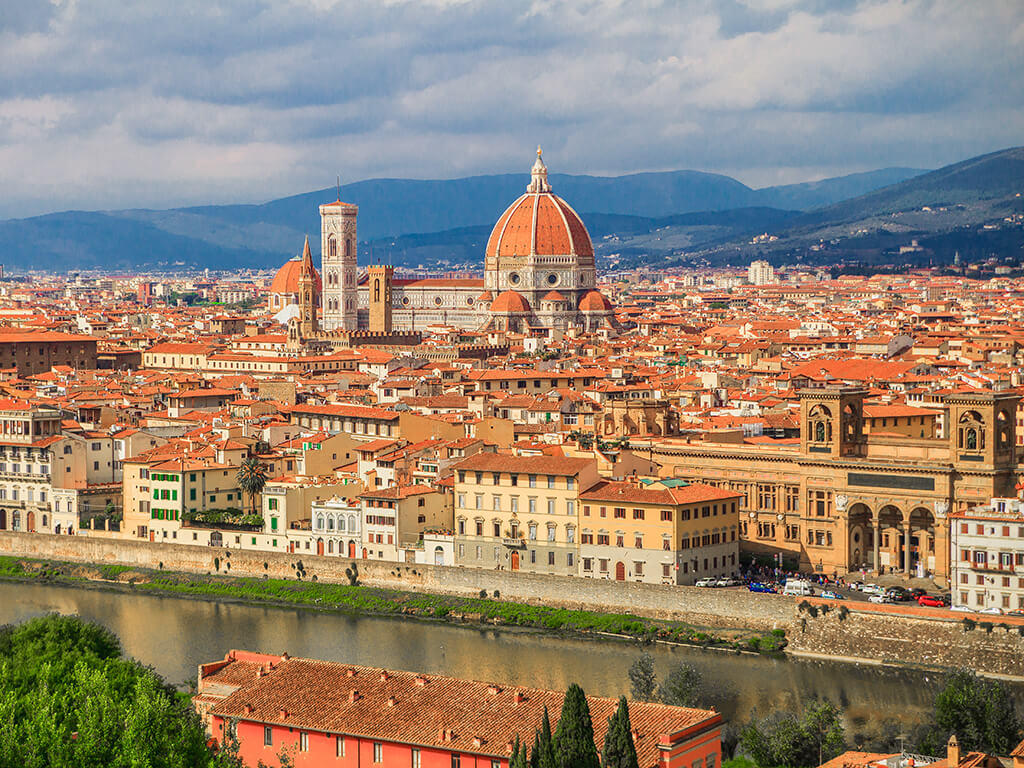The beautifully sculpted Trevi Fountain is possibly the most famous and most photographed fountain in history. It’s right in the heart of Rome and you’ll find it almost by accident as you walk down one of the three streets that led to the name ‘Trevi’, which means ‘three roads’.
Throwing coins into the Trevi Fountain
The 50-metre-wide Trevi Fountain is famous not only on account of its beauty but for a special tradition: anyone who wants to return to Rome one days throws a coin into its waters. Every tourist takes part of course – how could you not want to return to this mythical place, immortalised by Federico Fellini in La dolce vita.
Some say that two coins will bring you a new romance. If you’re looking for marriage, toss in a third. Some even believe that to really bring you good luck, you should throw in three coins with your right hand over your left shoulder.
You might be wondering how much money the Trevi Fountain collects on a daily basis. The answer is around 3,000 euros, which the city of Rome uses to fund social projects.
Visitors are always surprised to discover that this monumental and incredibly beautiful fountain, which stands in praise of water and of life itself, is in fact nestled within a small piazza between narrow streets.

Fun facts about the Trevi Fountain
The water that feeds this Baroque fountain originally came from the Acqua Vergine, an aqueduct built by Marcus Vipsanius Agrippa in the year 19 BC to bring water from the hills to Rome. Legend says that a beautiful young woman showed the location of the natural spring to some Roman soldiers. The spring originates some 22 km from Rome and to this day still supplies the city with around 80,000 cubic metres of water daily.
The aqueducts were destroyed by the Goths in the year 537 and the Romans of the time were forced to extract water from contaminated wells and from the Tiber, which was also used as a sewer.
Before the Trevi Fountain there was another, built in 1453 by order of Pope Nicholas V. He funded the project by taxing wine, hence the saying at the time that the pope had ‘taken away our wine to give us water’.
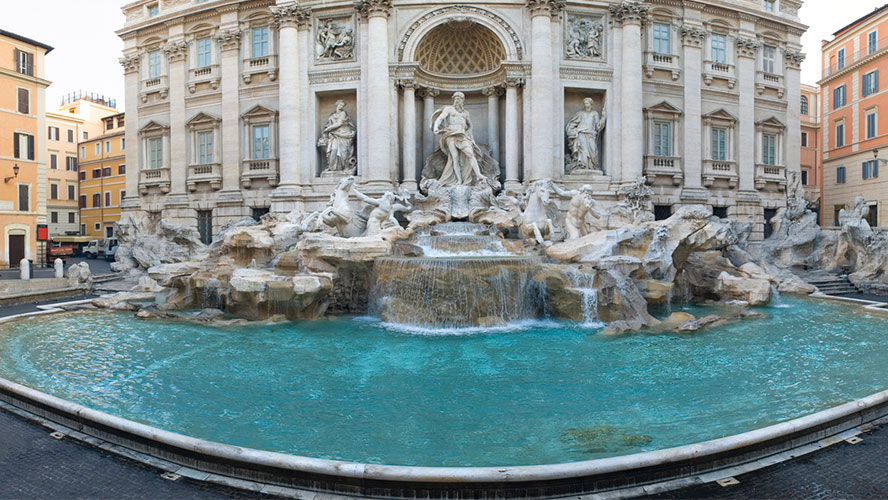
History of the Trevi Fountain
Construction of the Trevi Fountain began in 1732 thanks to Pope Clement XII and it was inaugurated 30 years later by Clement XIII. Before that, however, Pope Urban VIII had already asked the sculptor and architect Bernini to draw up plans (these were later abandoned). And before that, Pietro da Cortona created a model of the fountain.
The actual Trevi Fountain was started by Nicola Salvi – almost an unknown – and completed by Giovanni Pannini. Its position right against the Palazzo Poli lends it a greater dramatic impact. In the centre is a statue of Oceanus (not Neptune, as is commonly believed), and in front of him two tritons by the sculptor Pietro Bracci: the left represents the turbulent sea, and the right the calm sea.
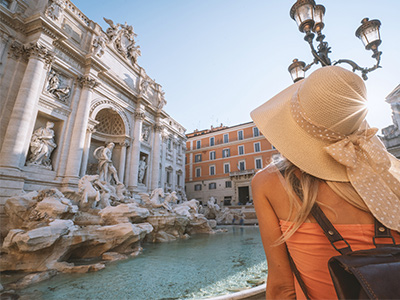
The figures in the rectangular recesses at either side of Oceanus are symbols of health (the young woman who discovered the Acqua Vergine spring, holding a cup which a snake drinks from) and abundance (Agrippa giving his approval for the design of the aqueduct and letting water spill from his urn). These are the work of Filippo della Valle.
The Trevi Fountain on film
The world of cinema has paid tribute to the Trevi Fountain on several occasions. It was immortalised in La dolce vita though other films have also played their part in showing this monumental Baroque fountain to the world: Three Coins in the Fountain (1954) features the performance of a song recorded by Frank Sinatra; in Totòtruffa ’62 (1961), the main character tries to sell the fountain to some tourists; and Elsa and Fred honours Anita Ekberg when the main character plunges into the fountain.
Like many monuments subjected to the elements, time has left its mark on the Trevi Fountain. Pollution, rain, ice and the passing of the years all dulled the bright white of the marble, and the stone started showing signs of distress in 2012 when more than one piece broke off. A well-known fashion company offered to fund a restoration project costing more than two million euros (this against the backdrop of the Italian economic crisis).
The Trevi Fountain by night
You shouldn’t miss the Trevi Fountain during your trip to Rome, though you might find it difficult to get a photo that doesn’t include other tourists looking for their own photo opportunity. Once you’ve seen the fountain for yourself (and maybe thrown in a coin or three), head to an ice-cream parlour (Link: Ice-cream parlours in Rome) for a taste of some real Italian gelato.
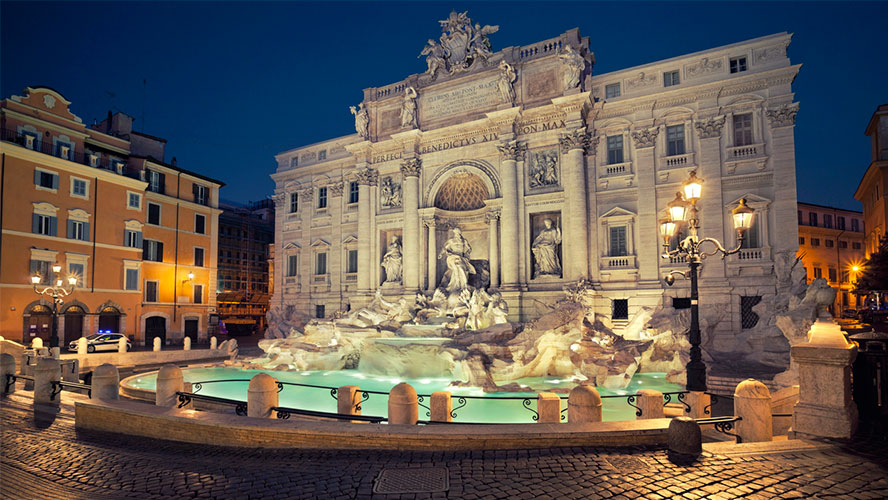
If you have time, visit the fountain after sunset or well into the night. There are fewer people around and the lighting adds a touch of magic. Afterwards, head to Piazza Navona for some Roman nightlife in a spectacular setting.





























































